Cnidarians are like poriferans (sponges) in that they both have no body organs; however, cnidarians are definitely more advanced than poriferans because cnidarians have tissue (ectoderm and endoderm) and nerve cells, while poriferans do not. Cnidarians also have body symmetry, unlike poriferans, which are asymmetrical. Do you recall what type of body symmetry the cnidarians (sea anemones, jellyfish, and corals) have? Think of the answer, then click "Show Me" to see if you are correct.

Cnidarians have radial symmetry. Their parts are arranged like the petals of a daisy or the spokes of a wheel.
Most cnidarians go through life alternating between two different body forms, sometimes sticking to one body form longer than the other. In the activity below, click each tab to learn about the two main body forms in cnidarians.
Polyps
Medusas
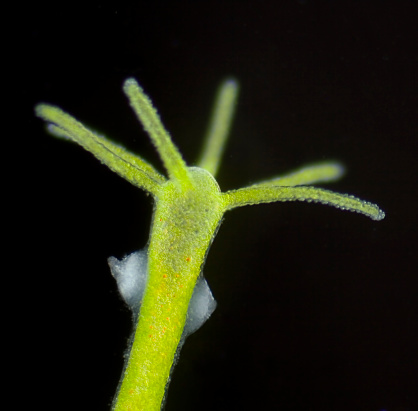
Animals with a polyp body form are tubular shaped, and like sponges, attach themselves to a firm surface. Opposite their attachment end, or base, are tentacles, which are arranged around the cnidarian's mouth. Most polyps remain stationary. The animal pictured has a polyp body form.
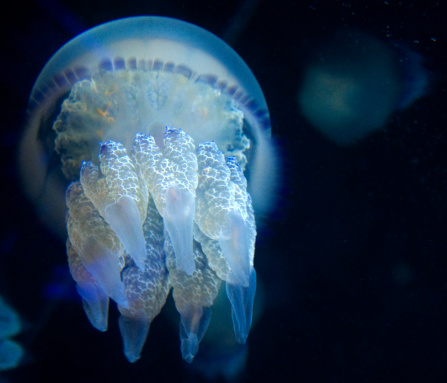
Medusas are umbrella shaped with their tentacles dangling beneath the body, circling the mouth. Medusas are capable of swimming. The jellyfish pictured has a medusa body form.
What are the differences in mobility between polyps and medusas? Once you have your answer, click the Show Me button to see if you're correct.

Most polyps are stationary while medusas can freely swim.
In the activity below, drag the animal's picture to the word that describes its body form.
|
medusa
|
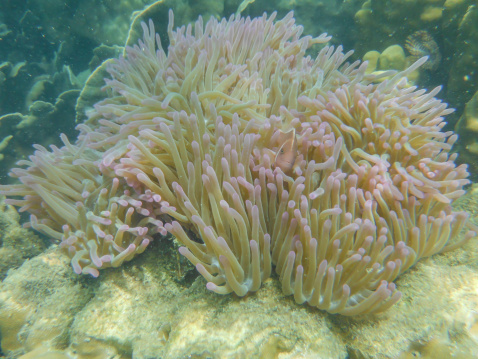
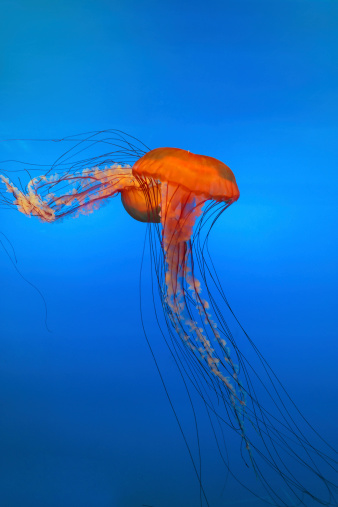

|
|
medusa
|


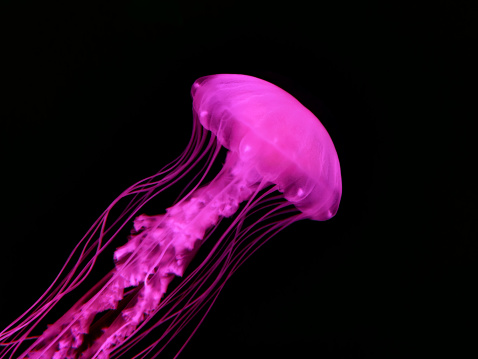
|
|
polyp
|



|
|
polyp
|



|
|
medusa
|
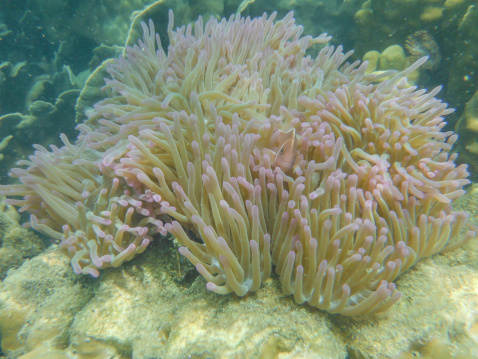


|
|
polyp
|



|
Complete
